Mozambique
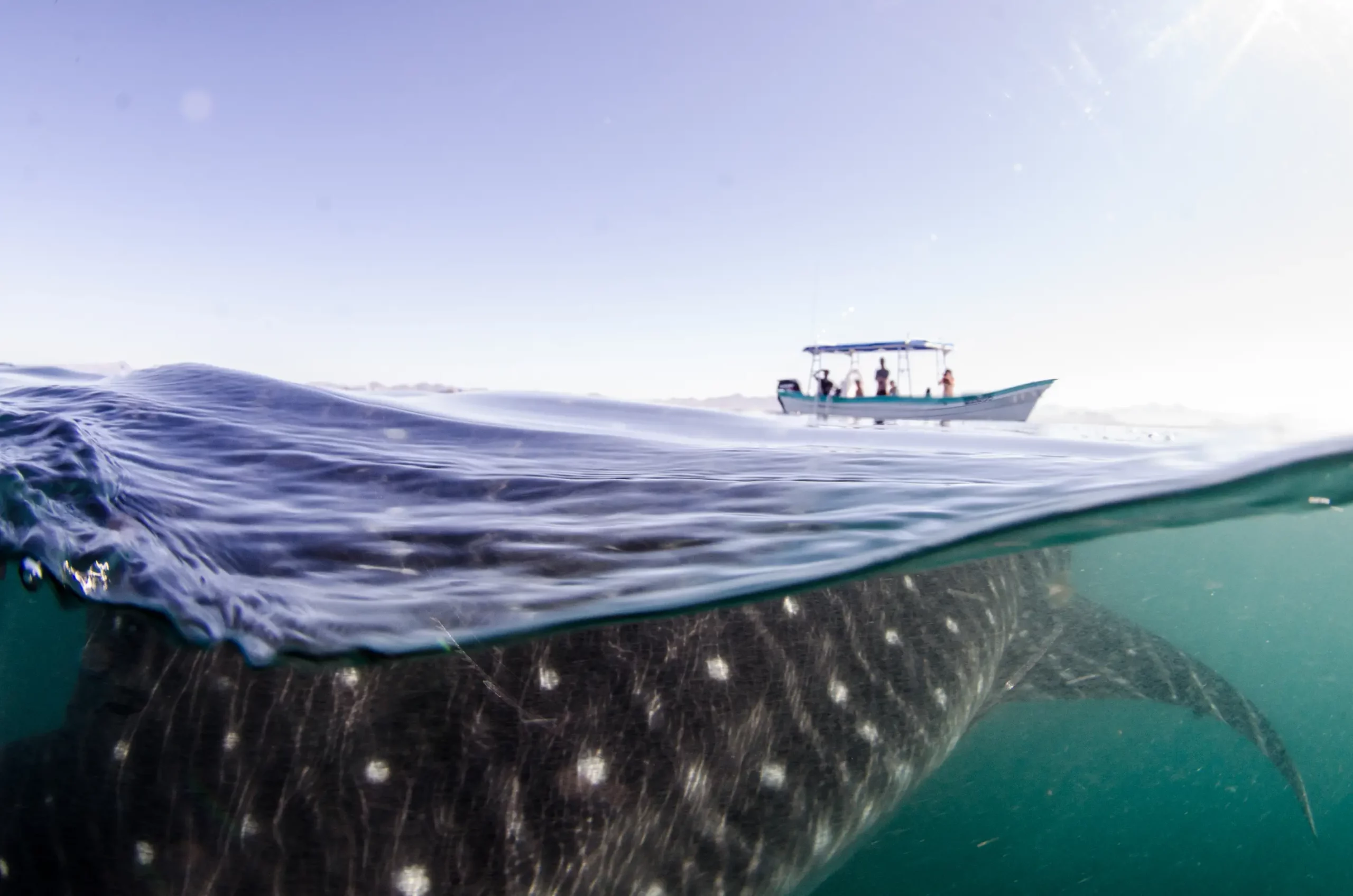
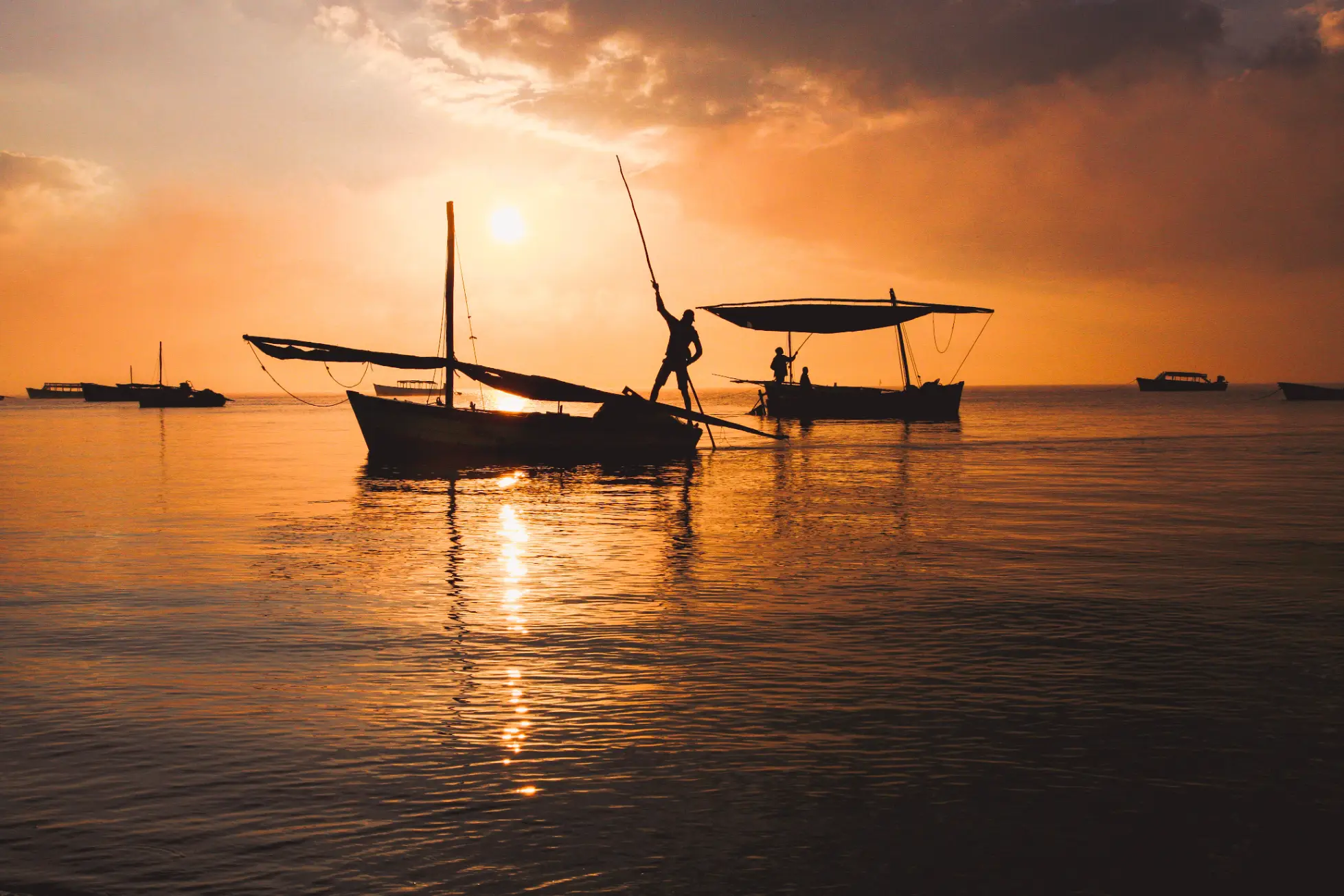
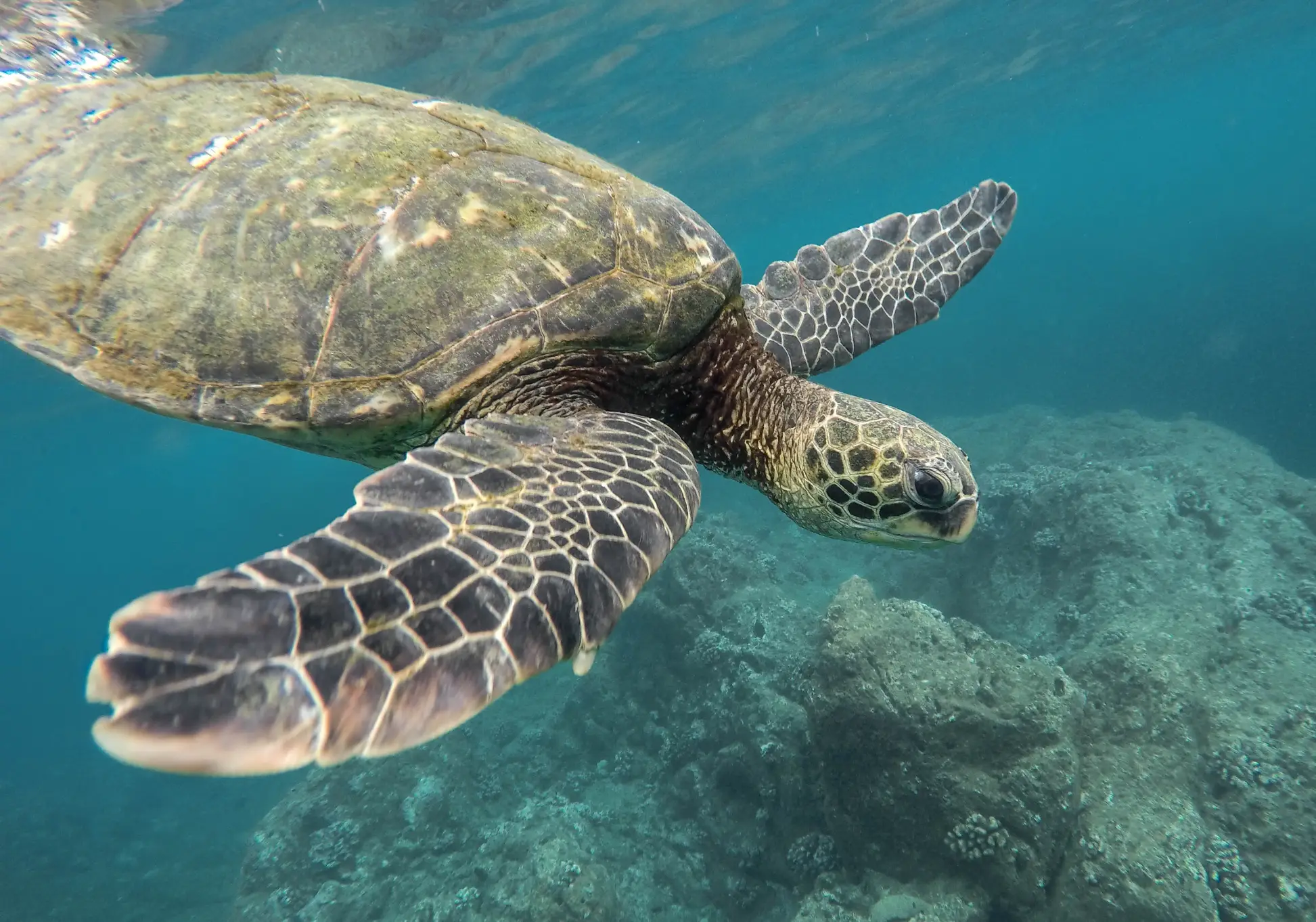
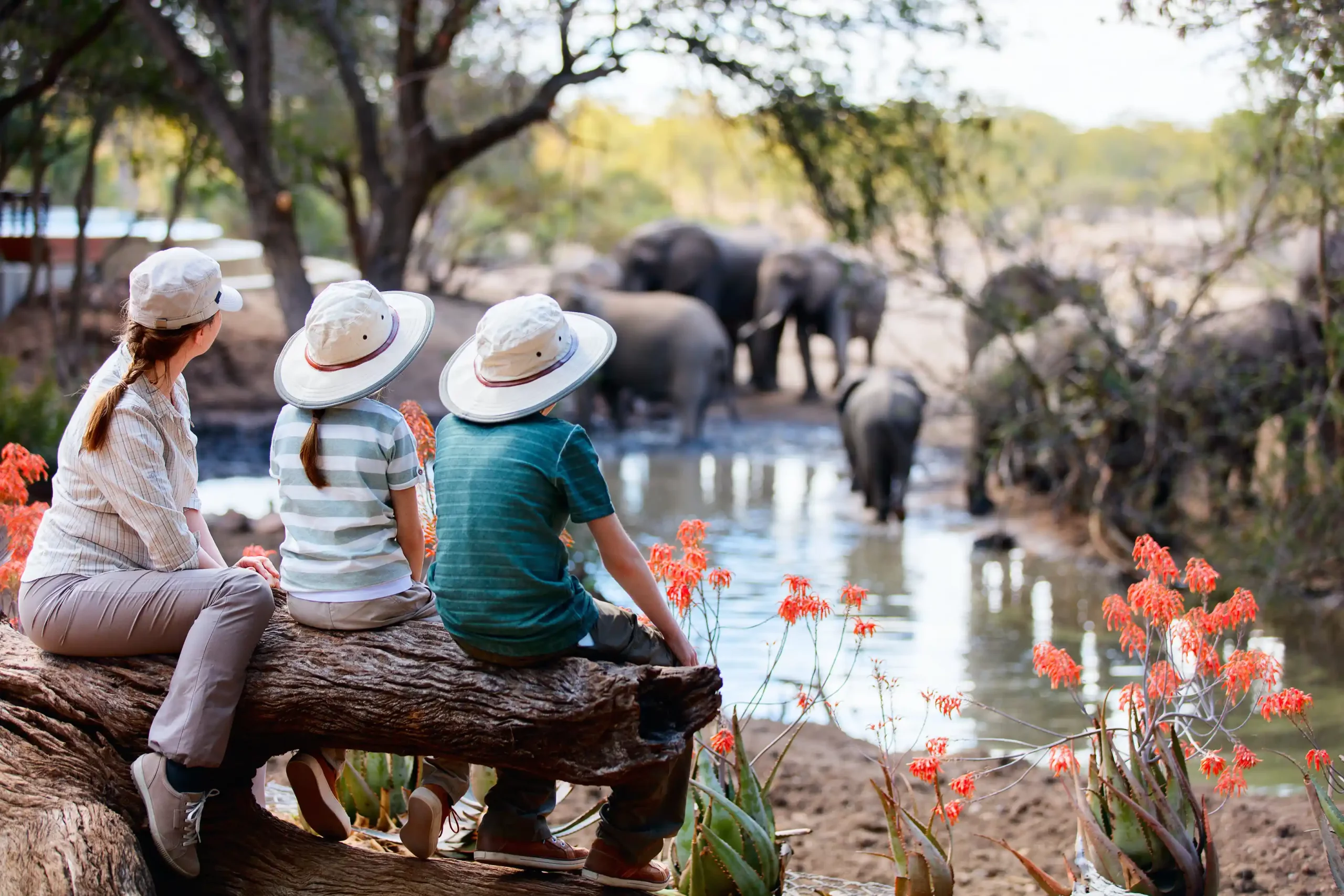
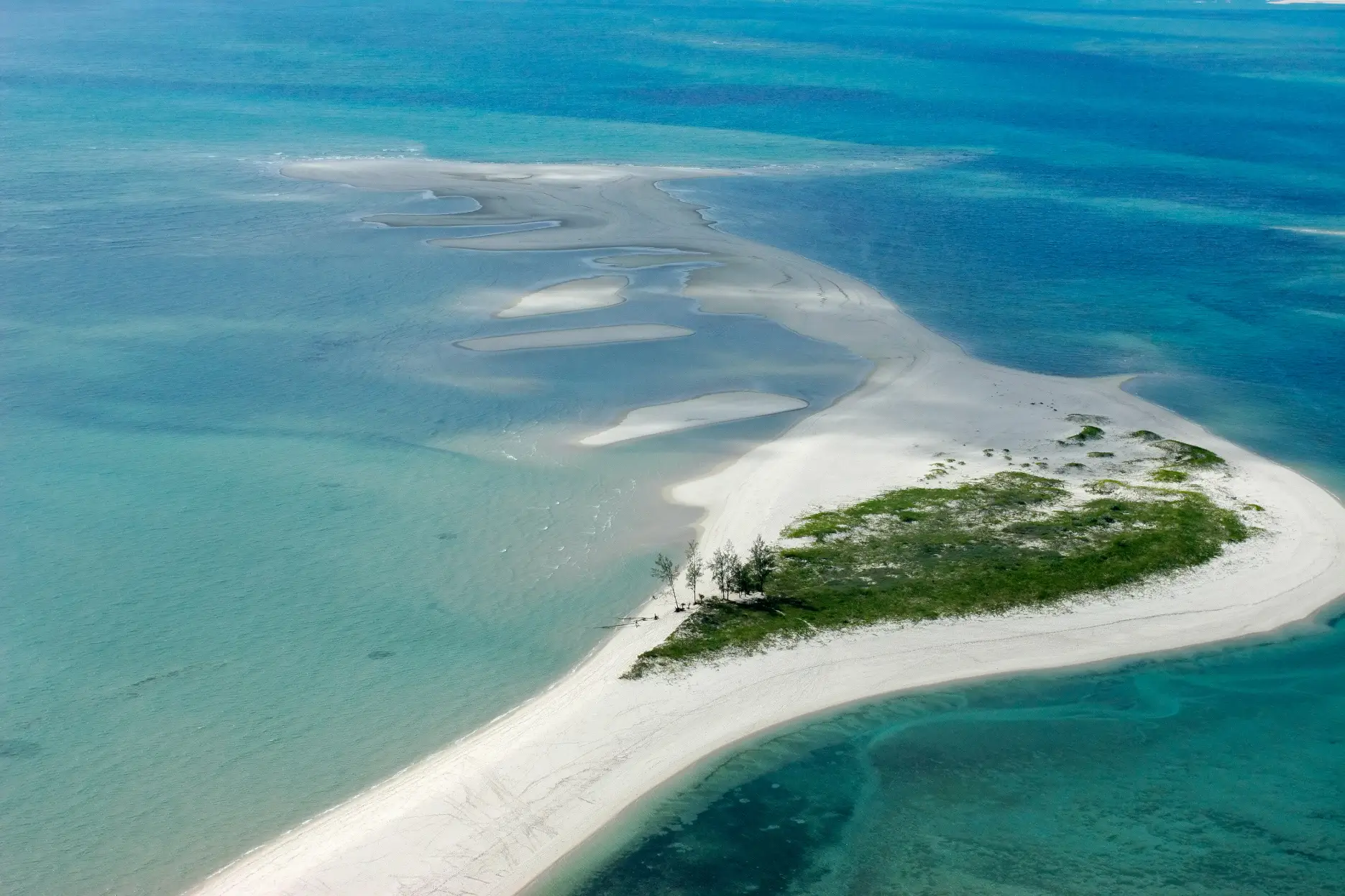
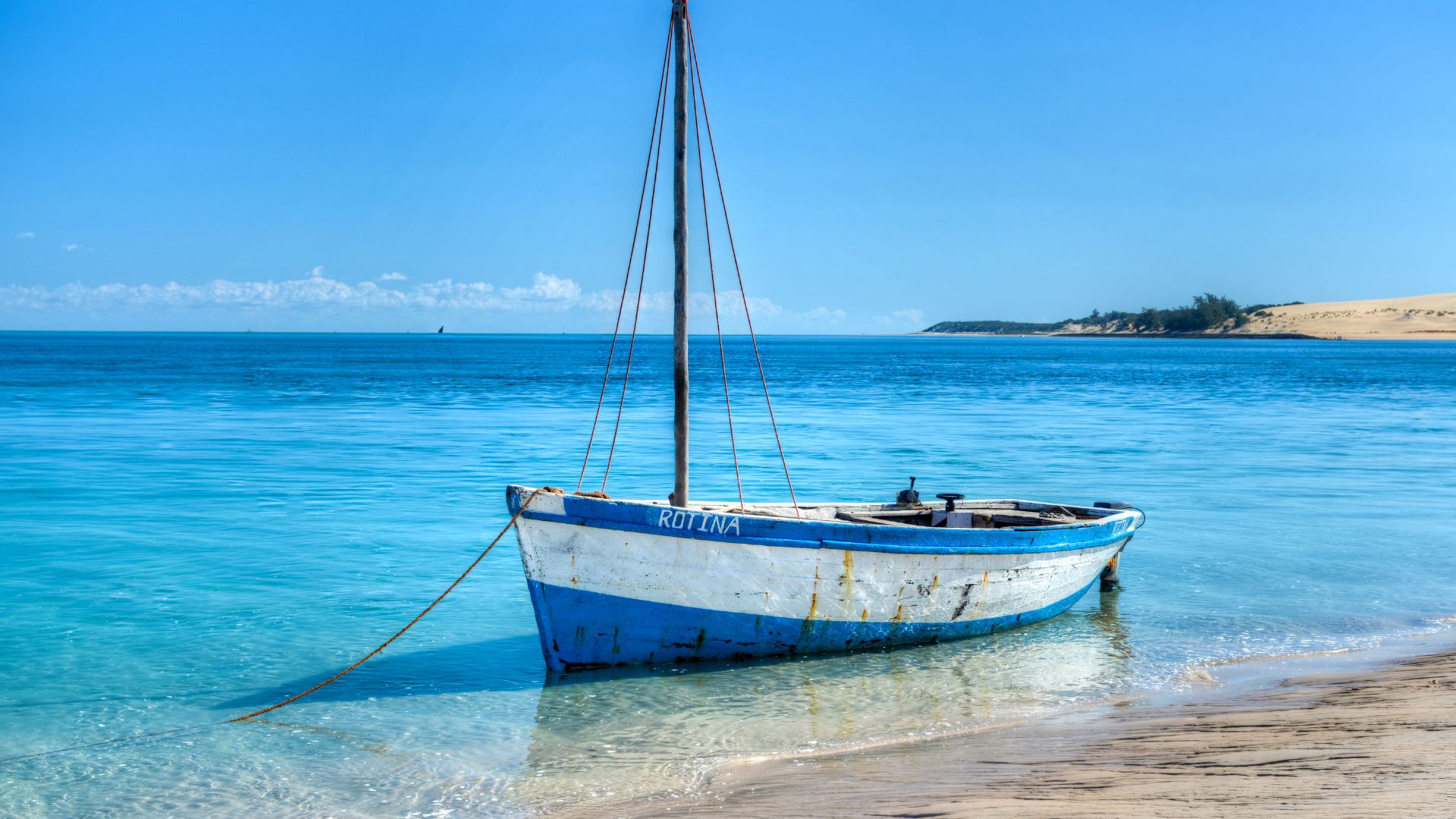
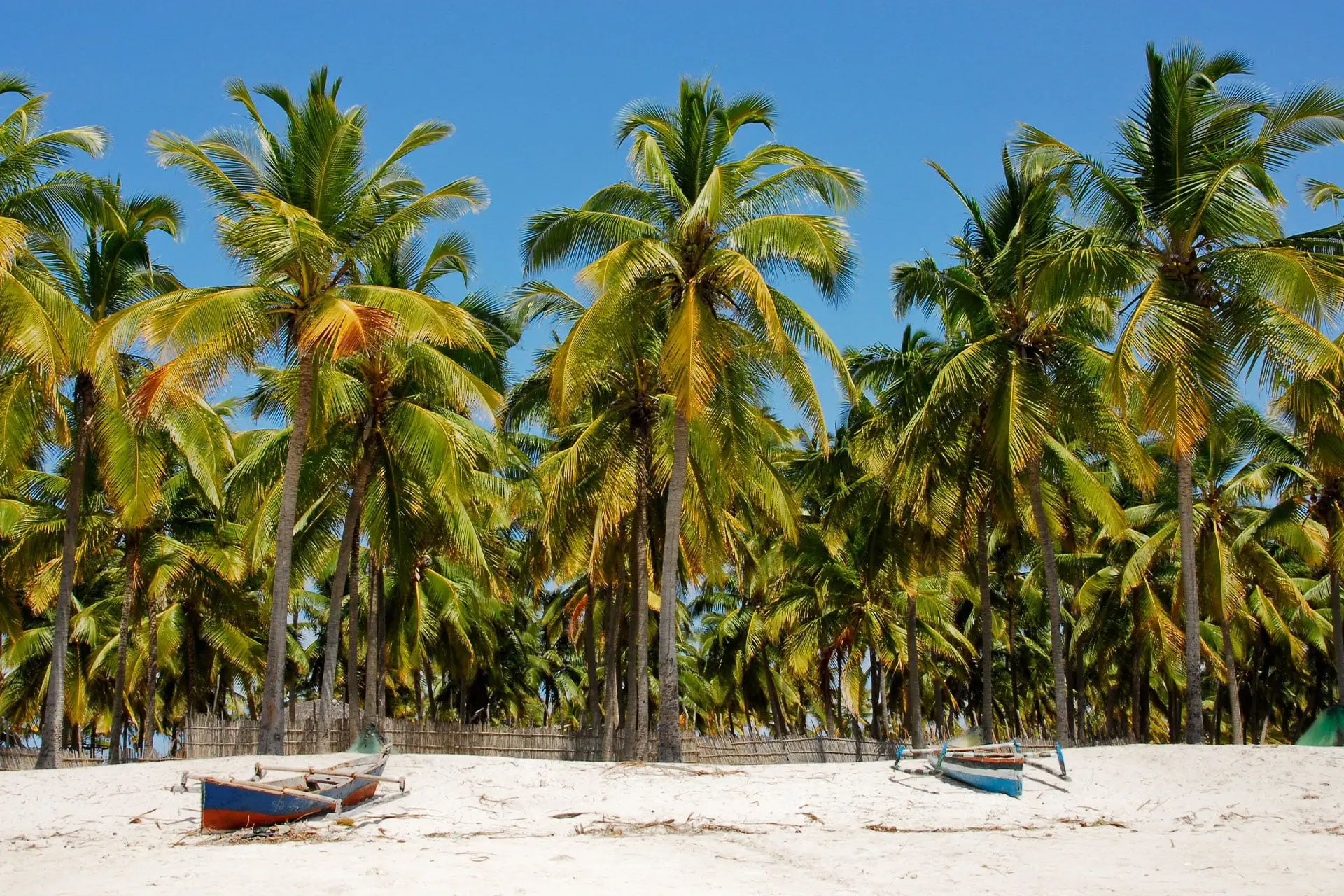
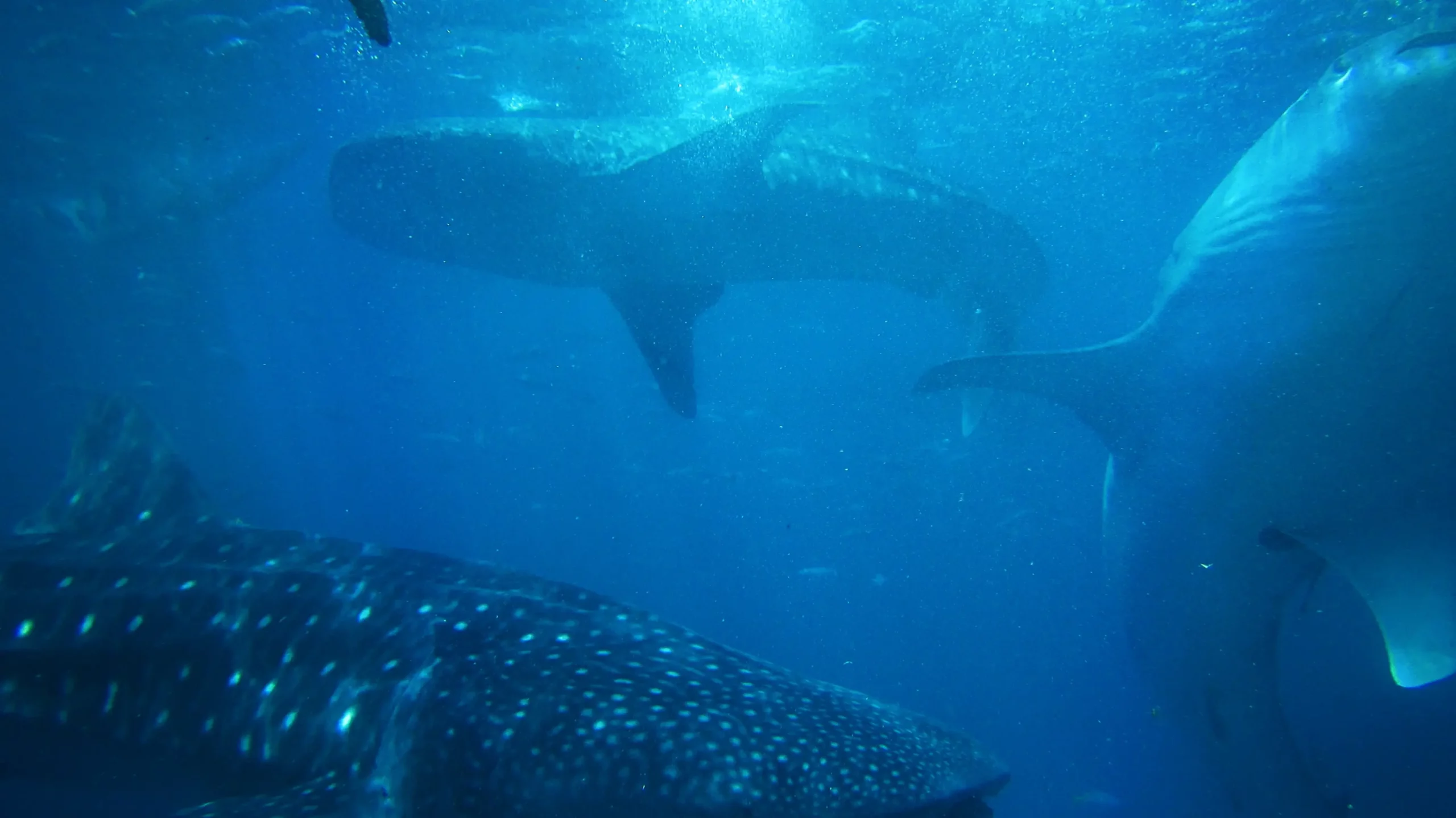
A barefoot paradise of dhows, rich culture, and coral beauty.
Mozambique is an invitation to slow down and surrender to the sea. Dotted with hidden coral reefs and across cobalt waters, the Bazaruto Archipelago offers intimate moments with dugong, whale shark, and kaleidoscopic marine life. In the Quirimbas, mangrove forests and island coves whisper tales of ancient dhow routes. Coastal villages hum with Swahili rhythms and local craftsmanship, while remote islands reveal powder-white beaches and tranquil hideaways. Whether kayaking through channels at sunrise or sharing a fresh seafood feast by torchlight, Mozambique delivers a coastal safari experience that’s soulful, sun-warmed, and beautifully unhurried.
Highlights
- Dive the coral-rich reefs of Bazaruto
- Cruise through tidal channels of the Quirimbas
- Discover life in vibrant coastal villages
- Relax on remote, palm-fringed beaches
When to go
May – October
Sunny days & clear waters
June - August
Occasional rains, fewer crowds
Where to go
Places that tell a deeper story.
For those who dare to explore.
Ker & Downey® Africa reveals the heart of each country through its most iconic and undiscovered places. From legendary landmarks to hidden gems, each journey connects you to the landscapes, cultures, and stories that shape a nation.
Bazaruto Archipelago
The Bazaruto Archipelago is a sanctuary of turquoise waters, coral reefs, and white-sand islands. Dive with manta rays, sail by dhow, and stay in exclusive beach lodges that blend castaway seclusion with refined comfort.
Quirimbas Archipelago
Remote and rarely explored, the Quirimbas Archipelago stretches along Mozambique’s northern coast. Discover mangrove-fringed islands, dive vibrant marine reserves, and experience an escape steeped in Swahili culture.
Tofo
Tofo is Mozambique’s laid-back coastal gem, beloved by divers and ocean lovers. Swim with whale sharks and manta rays, explore colorful reefs, and unwind in barefoot luxury along sweeping, sun-drenched shores.
Vilanculos
Vilanculos is the vibrant gateway to the Bazaruto Archipelago, where ocean adventures and local culture meet. Browse lively markets, island-hop by speedboat, or simply relax with toes in the sand and a cocktail in hand.
Curated Packages
Signature journeys across Mozambique
Our expert team crafts journeys that transcend luxury. Each itinerary is shaped by the spirit of the land and the wisdom of its people — opening doors to experiences few can imagine, and even fewer will ever access.
Year Round
|
18 DAYS
Southern Africa Luxury Bush & Beach Escape
From
per person
Year Round
|
15 DAYS
The Ultimate Southern Africa Bush & Beach
From
per person
All Year Round
|
14 DAYS
Luxury South Africa and Mozambique Honeymoon
From
per person
Experiences
Experiences off the beaten track.
Crafted for the bold + discerning.
Accommodation
Exclusive stays across Mozambique
Ker & Downey® Africa handpicks exclusive luxury properties, from private villas to remote lodges, each selected for their sense of place, refined design, and meaningful connection to the land and its people. The below pricing range reflects starting prices per person sharing per night, varying by season and destination.
Kisawa Sanctuary
AndBeyond Benquerra
Azura Benguerra Island
Take a seat beside the campfire, where untold stories rise with the smoke, legends live in the land, and luxury is part of the wild.
What our
Travelers say
Travelers say
South africa honeymoon
"Thank you for the best honeymoon we could’ve imagined! We spent 5 nights on safari at luxury lodges, followed by 3 nights in Cape Town, and ended our journey on a stunning private nature reserve. Everything ran seamlessly, and the team stayed in touch with us throughout. Words can’t describe how incredible the experience was."
Ilicia Manzi, New York, USA
south africa safari
"As a travel journalist who’s stayed at hundreds of hotels and worked with countless guides, I can confidently say Ker & Downey® Africa stands out. From handpicking exceptional properties to being available before 8am on a Saturday, their attention to detail and high-touch service made my South African journey seamless. I wouldn’t plan another trip to Africa without them."
Katie Jackson, New York, USA
FAQ
Everything you need to know about Mozambique
Our team of seasoned specialists share everything you need to know, from essential travel tips to thoughtful insights that ensure a seamless journey from start to finish.
Capital
Maputo
Currency
Mozambican Metical (MZN)
Language
Portuguese, Emakhuwa, Xichangana; English
Time difference
UTC+2
/01
Best time to go?
+/02
When is the high season?
+/03
When is the low season?
+/04
When is the best weather?
+/05
Why choose Mozambique?
+/06
How much does a journey cost?
+/07
What experiences await?
+/08
Popular highlights in Mozambique?
+/09
What lodge amenities can I expect?
+Africa Travel Journal
An insider’s guide to the heart of Africa
Explore our expert travel journals, packed with bold adventures, rare experiences, and smart travel intel to inspire your next journey across this richly storied continent.
Insights
Spring Safari 2025 Packages
Fireside Chats
Conquering Kili & the Climb for Conservation
Accommodation
The Little Black Book of Honeymoons in Africa
Insights
10 Reasons To Visit South Africa
Insights
Safari Calendar 2026
Experiences
Cape Town to Antarctica in 24 Hours
AN INSIDER’S GUIDE
The heart of Africa
Sign up to receive curated journeys, expert safari intel, and first-hand access to Africa’s most exclusive travel experiences.











